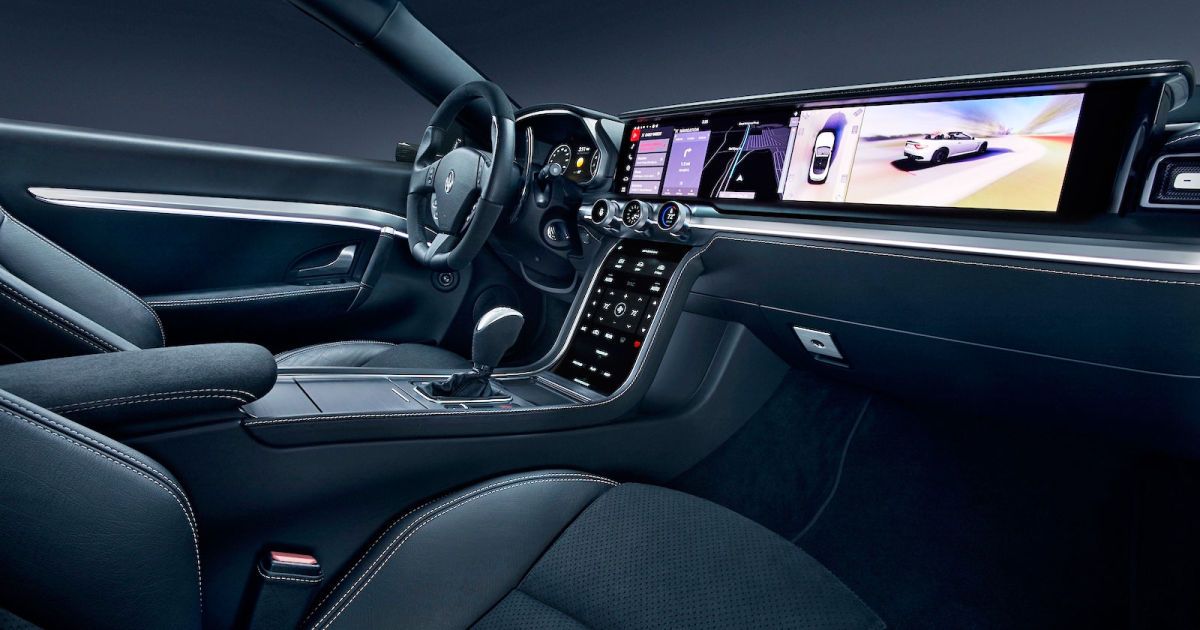Rather than focus on the specs of upcoming vehicles, the most interesting part of Mercedes-Benz’s CES presentation came when the automaker said it built its own assistant for the car.







Today at CES, Samsung unveiled DRVLINE, a hardware and software platform that will allow car makers to create customized, technologically advanced autonomous vehicles. Many platforms are an all-or-nothing solution, which forces users to adopt the entire package en masse, without any sort of customization. DRVLINE, however, allows vendors to swap and customize individual components, building the vehicle to their specifications, as well as allowing for rapidly evolving technology.
“Building an autonomous platform requires close collaboration across industry, as one company cannot deliver on this enormous opportunity alone,” said Young Sohn, the president and chief strategy officer of Samsung. “The challenge is simply too big and too complex. Through the DRVLINE platform, we’re inviting the best and brightest from the automotive industry to join us, and help shape the future of the car of tomorrow, today.”
The first DRVLINE initiative will be a camera that features lane departure warnings, adaptive cruise control, collision warning and algorithms that can deliver warnings about pedestrians. The system will start shipping this year.

I guess the idea works, but there’s one little snag.
Putting solar panels into our roads isn’t the craziest idea, but we may as well admit that it poses some unique challenges. For instance, people may want to walk away with pieces of it. That’s what happened in China, anyway, just five days after authorities opened up what they claim is the world’s first solar panel-paved highway.
As reported by the Qilu Evening News (and noted by TechNode), the experimental kilometer-long stretch of road in Shandong is covered in more than 10,000 solar panels, sandwiched between an insulating layer on the bottom and a durable, transparent one on top — less than 3 cm thick all told. There are coils that can charge electric cars as they drive over it, and the system can even warm up in order to melt snow and ice. It opened to use on December 28.
Unfortunately, during an inspection on the morning of January 2, officials found a narrow piece missing, neatly cut. About 6 inches wide and 6 feet long, the piece didn’t appear to have detached on its own — suggesting someone stole it. But why?



This modified engine was demonstrated to drive over 100 miles on a single gallon of gas. Why hasn’t this technology been further developed? Explore more forbidden science: http://ow.ly/BSI430hyNGN